Español abajo, gracias al traductor deepl | Spanish below, thanks to deepl translator
My time in Ecuador – A travel report – part 2
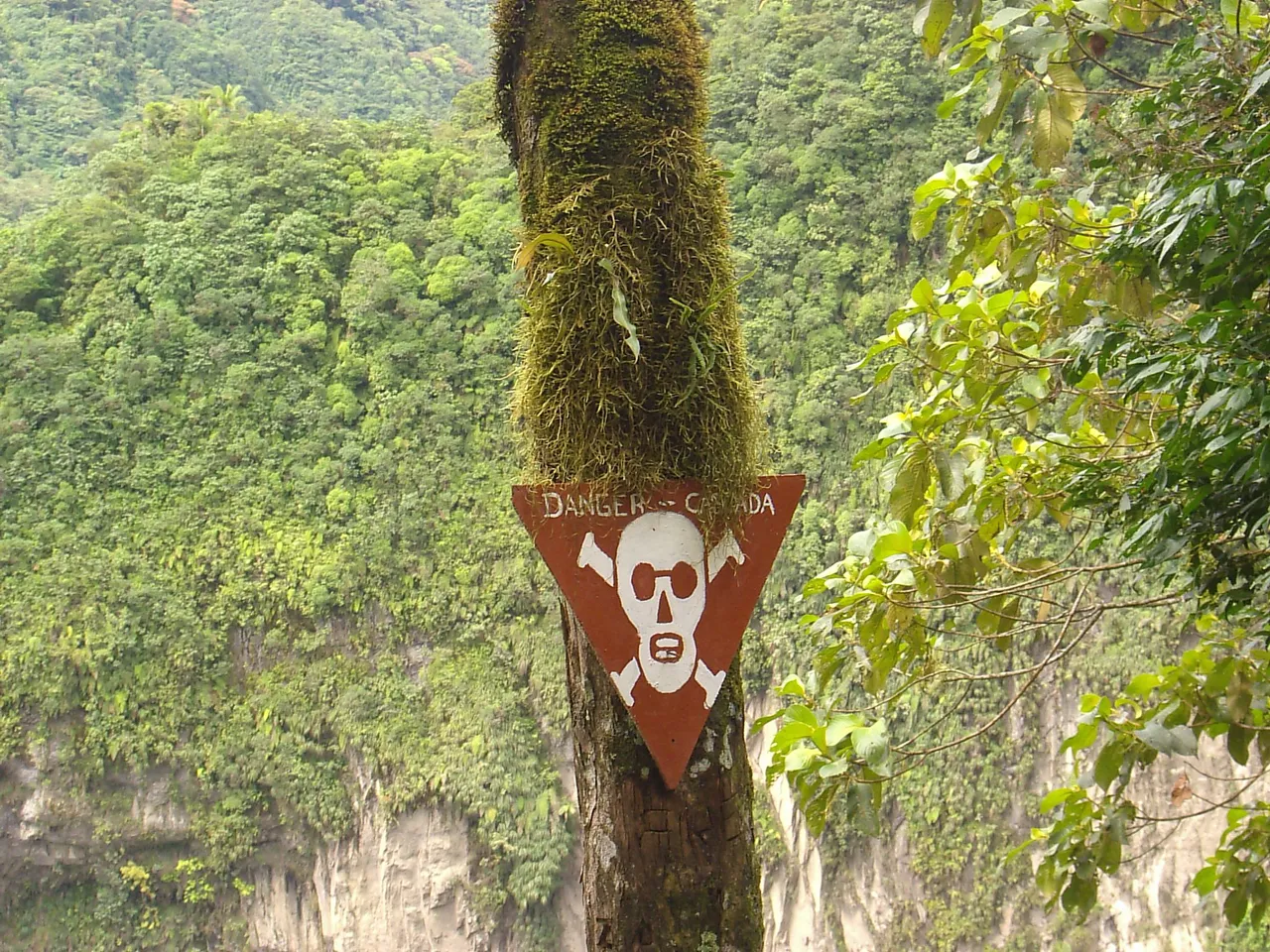
This is part 2 of my travel report from Ecuador. Here you can find the first part with the arrival, initial difficulties and a big challenge for me.
Today we visit the Chakra, the Fundación's agroforestry garden, and discover some creatures of the forest. Then we'll make a detour to the Fundación's branch in the Communidad Serena on the Rio Jatunyacu. And finally, we visit what used to be Ecuador's highest waterfall, San Rafael, which no longer exists.
Chakra - agroforestry for self-sufficiency
A chakra is a traditional forest garden in which fruit and vegetables are grown in complete harmony with nature and the forest for self-sufficiency and also as a source of food for wild animals. For this purpose, small areas of forest are cleared to grow crops under the protection of the large trees. However, care should be taken when clearing the areas and attention should be paid to where the machete hits. Wasps don't like it when their nests get attacked and react accordingly.
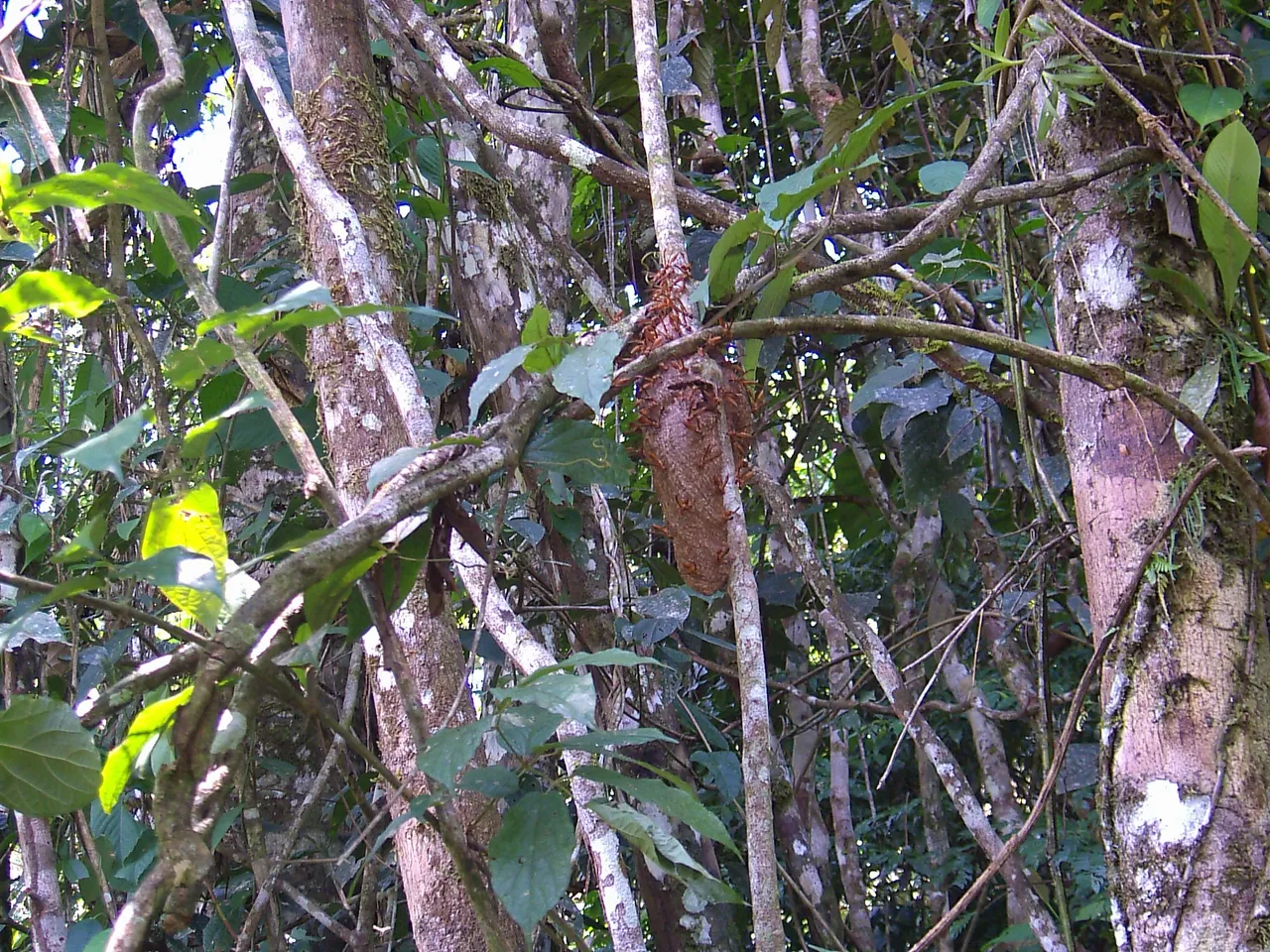
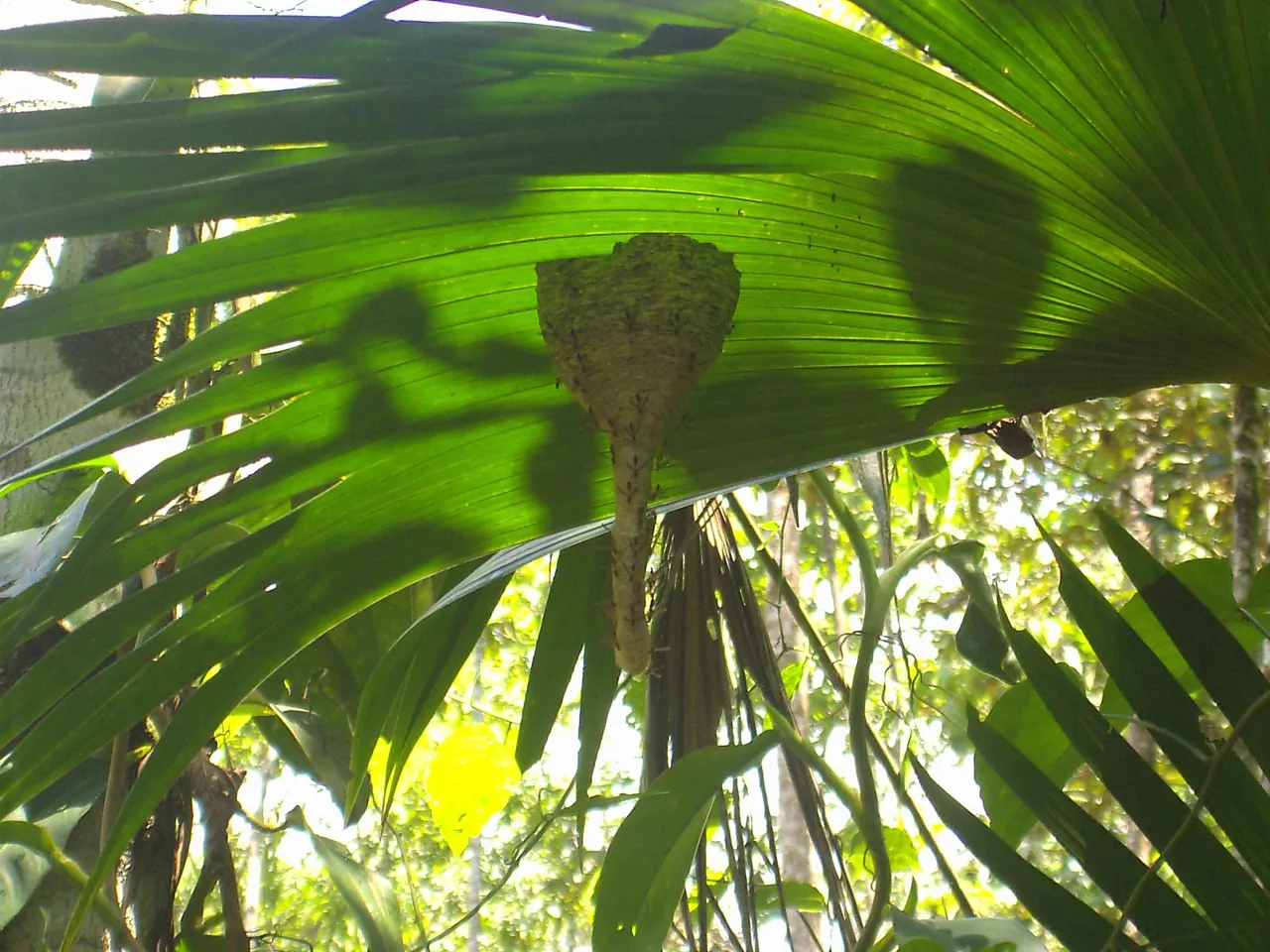
Fruits and vegetables
Yuca (also needed to make chicha), bananas, pineapples, cherimoya, cocoa and much more grew in our chakra and always provided us with sufficient energy.
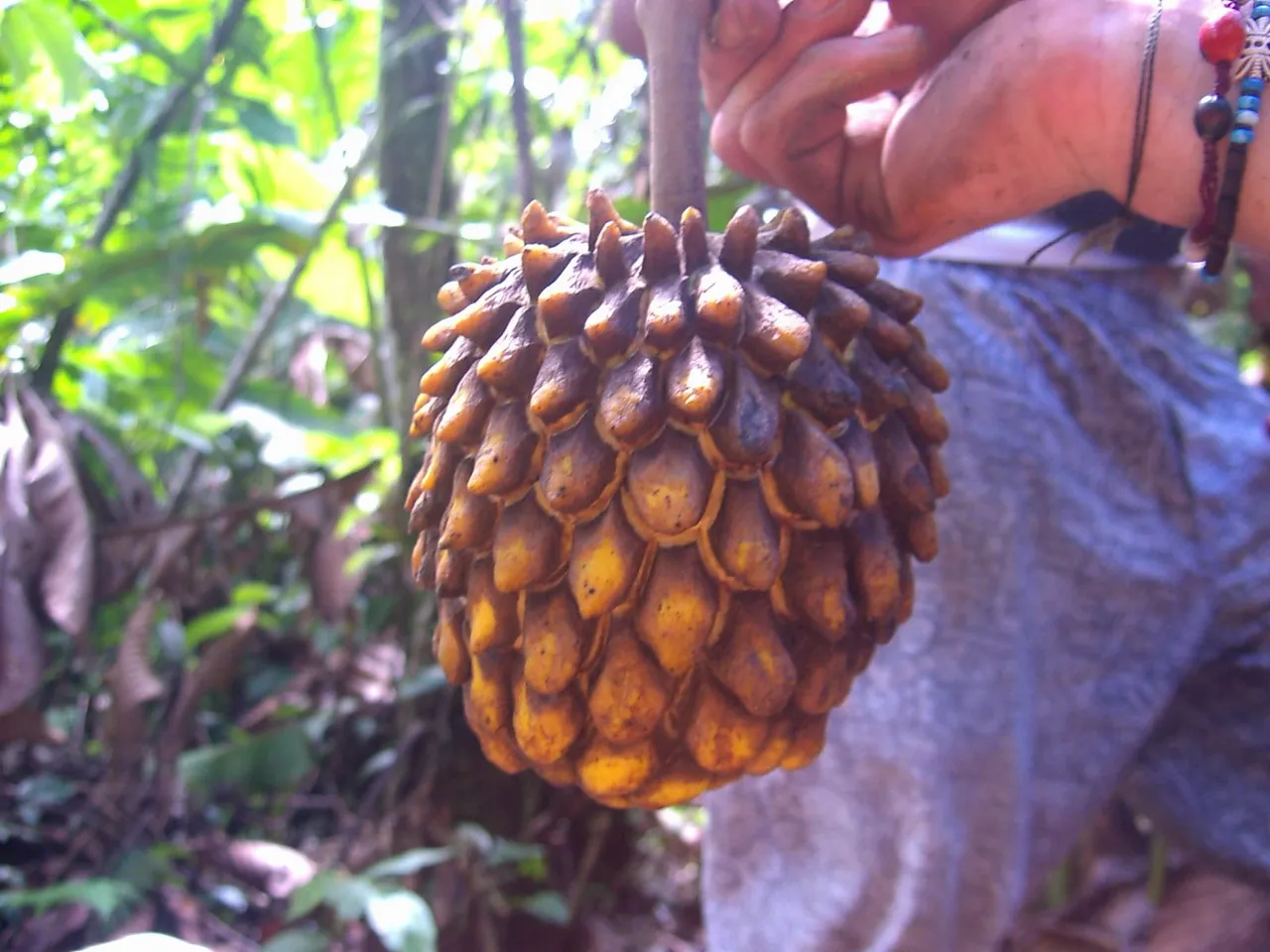 |  | 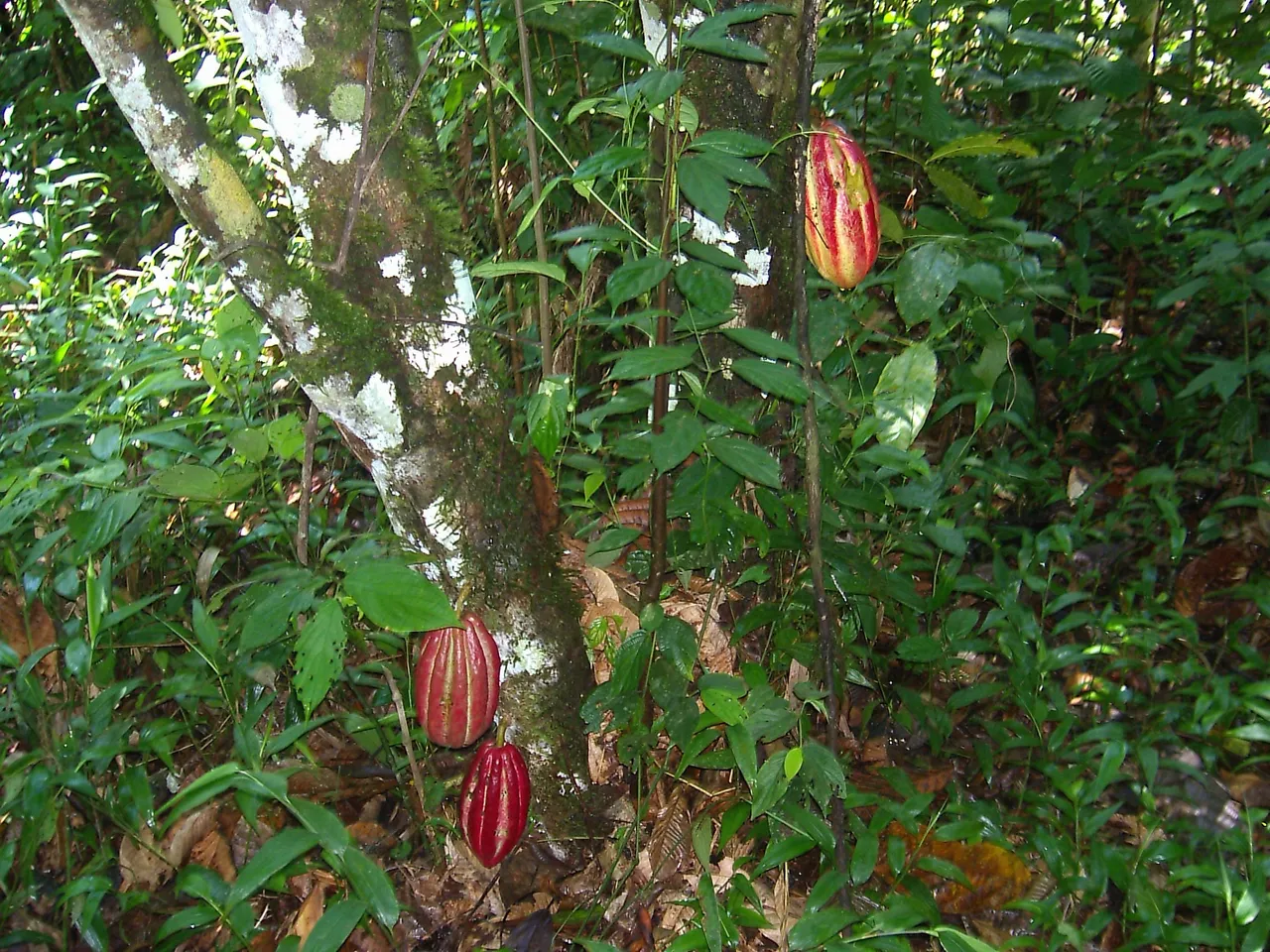 |
|---|
Animals
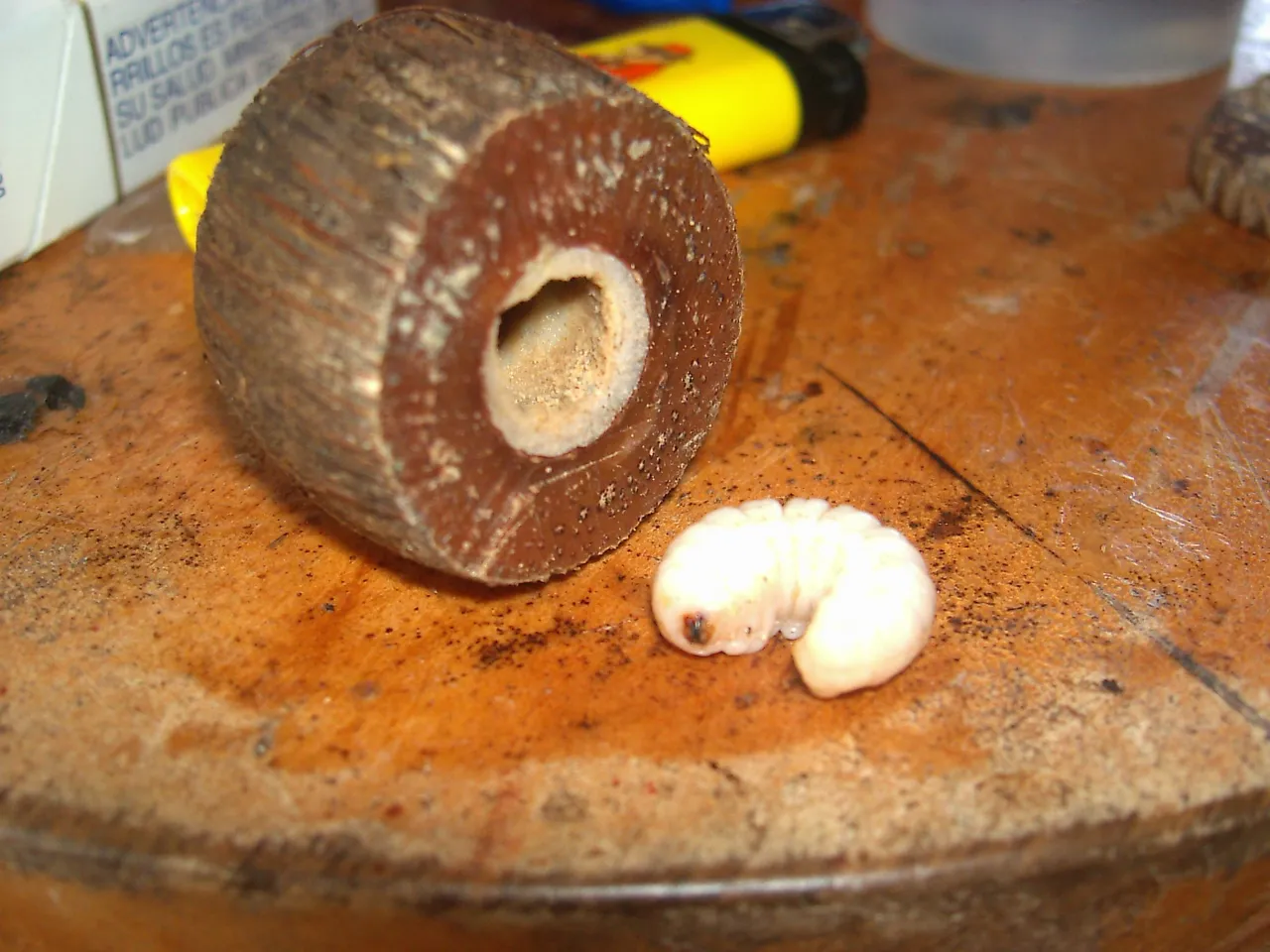
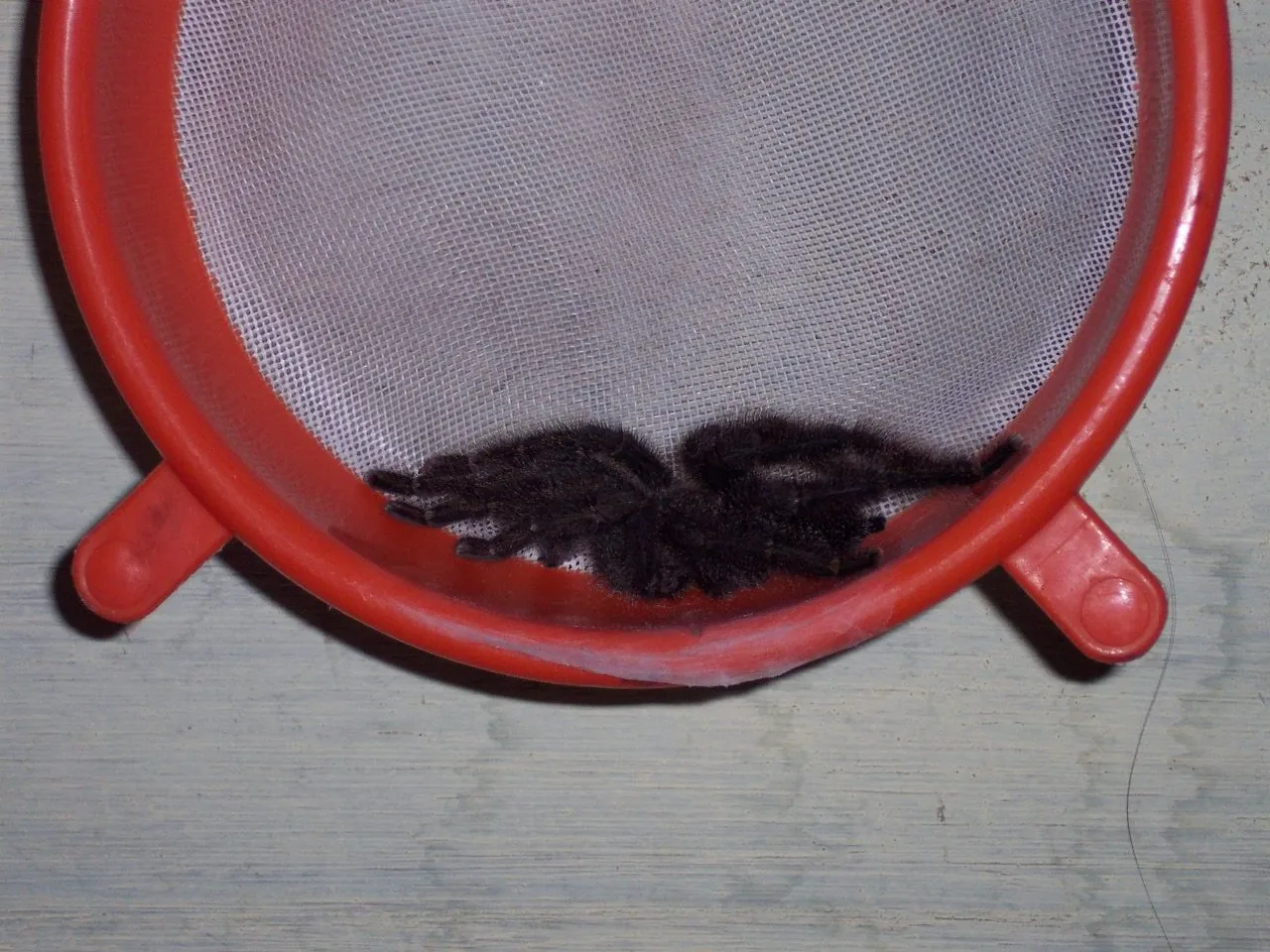
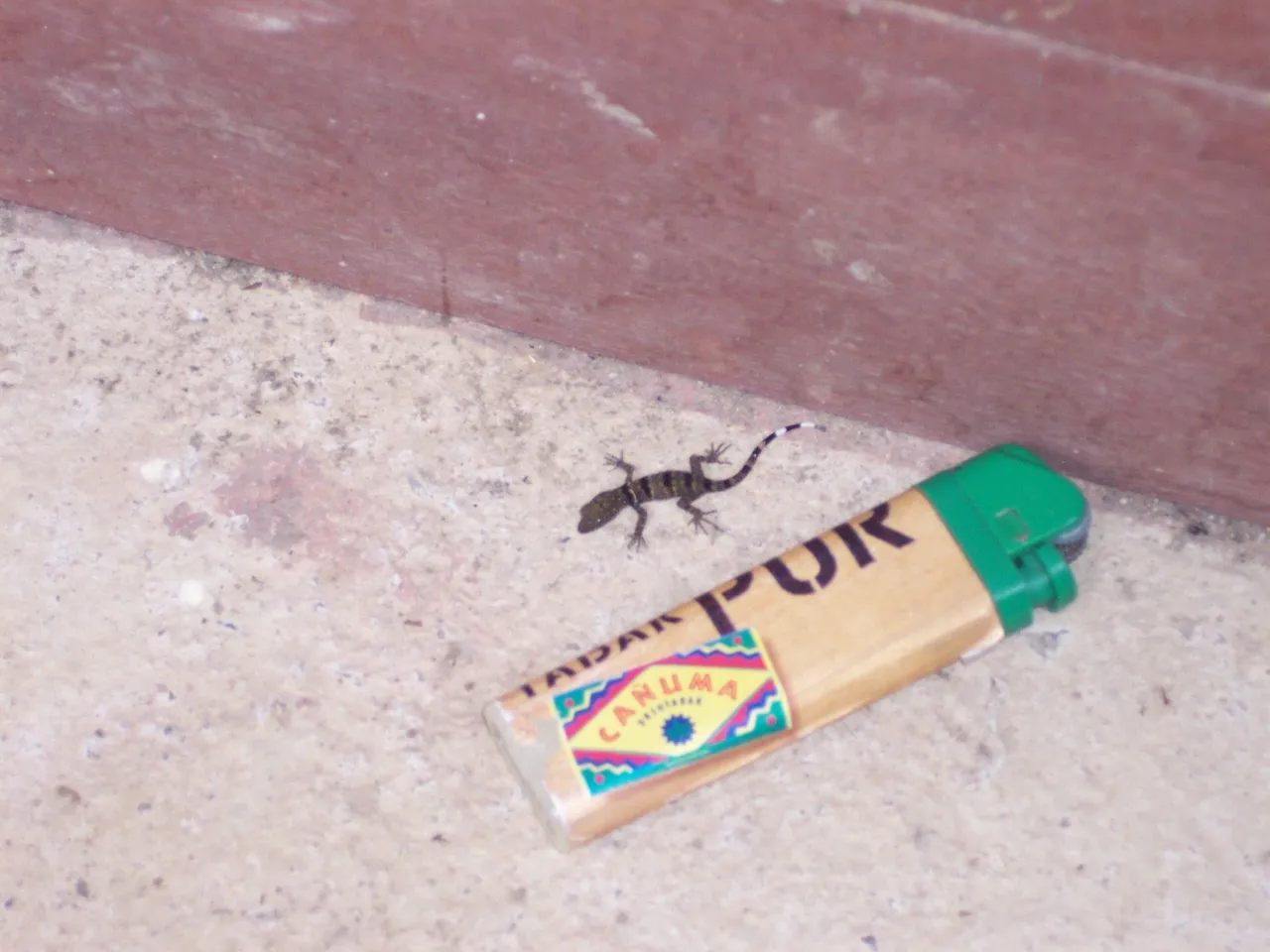

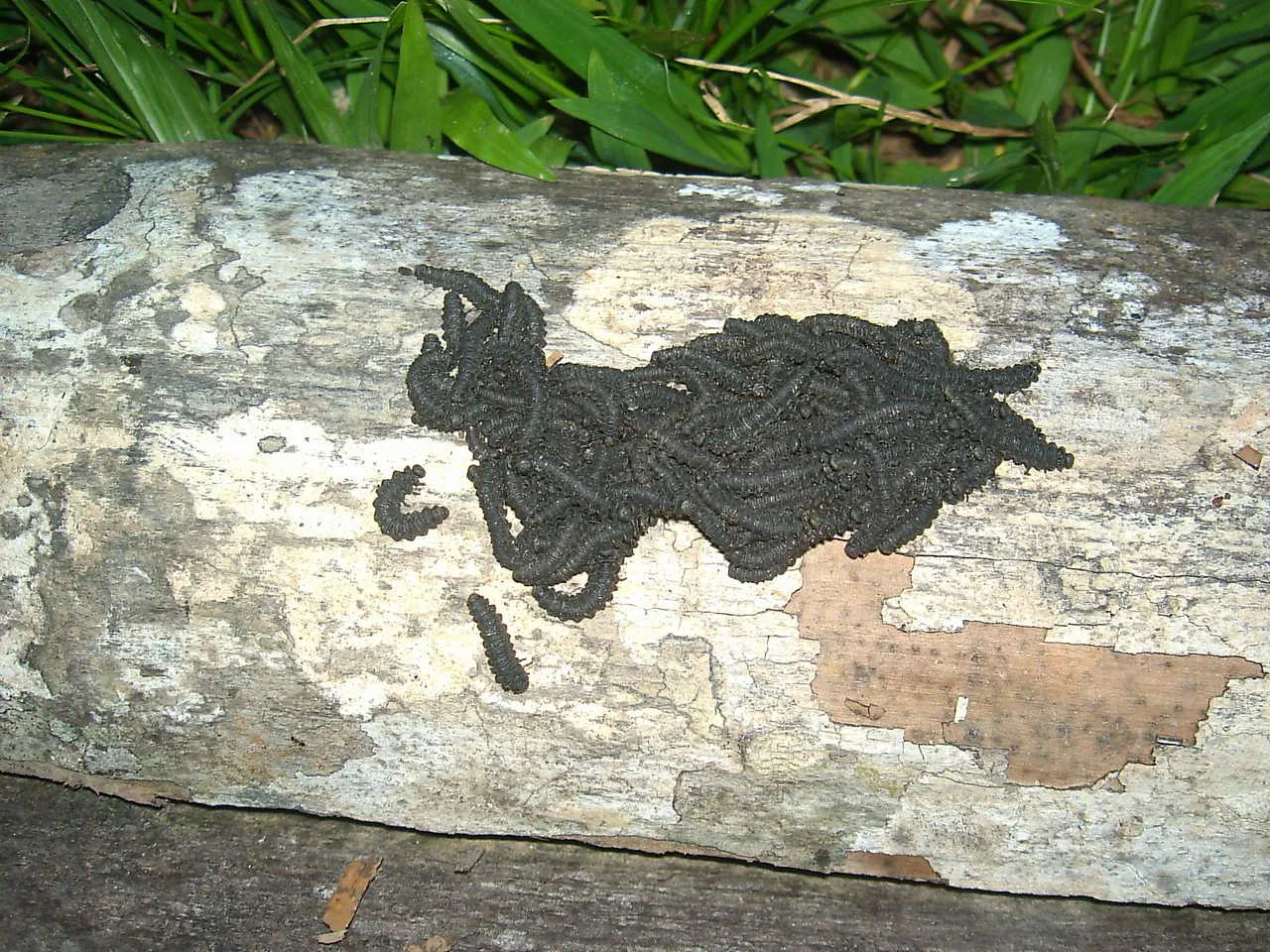
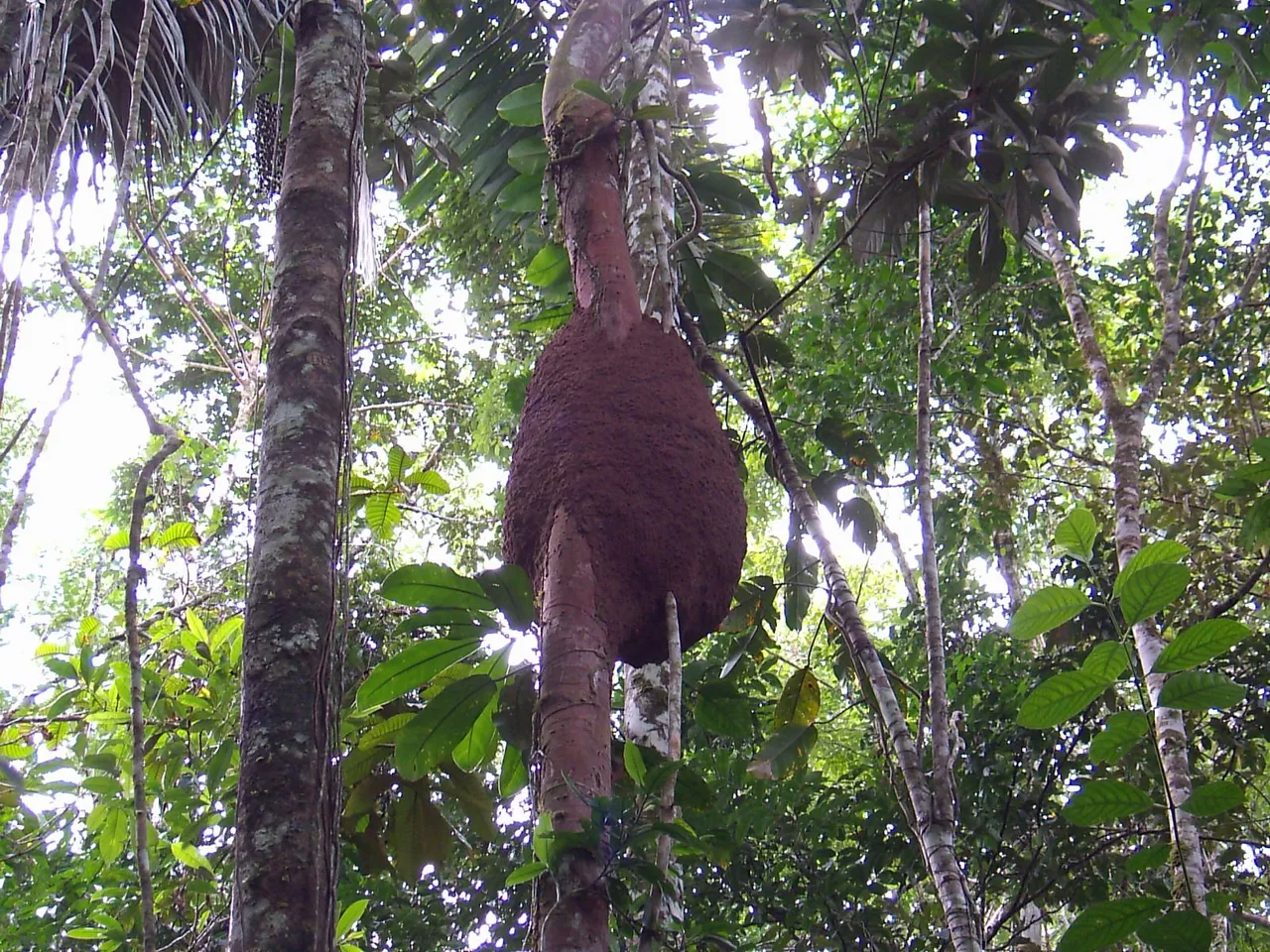
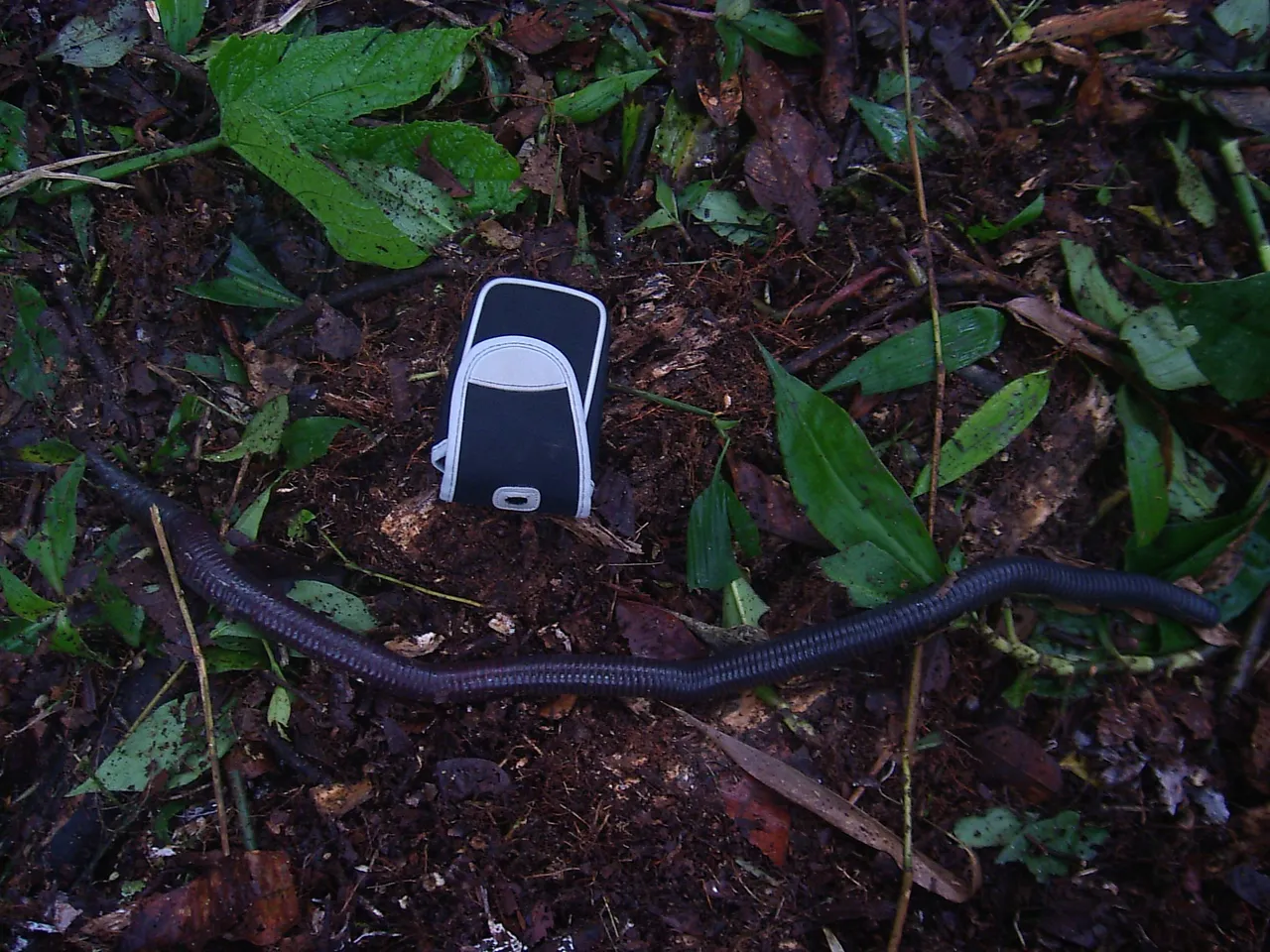
Communidad Serena
In Serena, a few kilometres southwest of Tena, the Fundación operated a branch office for a time. We travelled there by bus to the end of the road at the bridge. We then went on with the horse through the indigenous community to our camp for the next days.
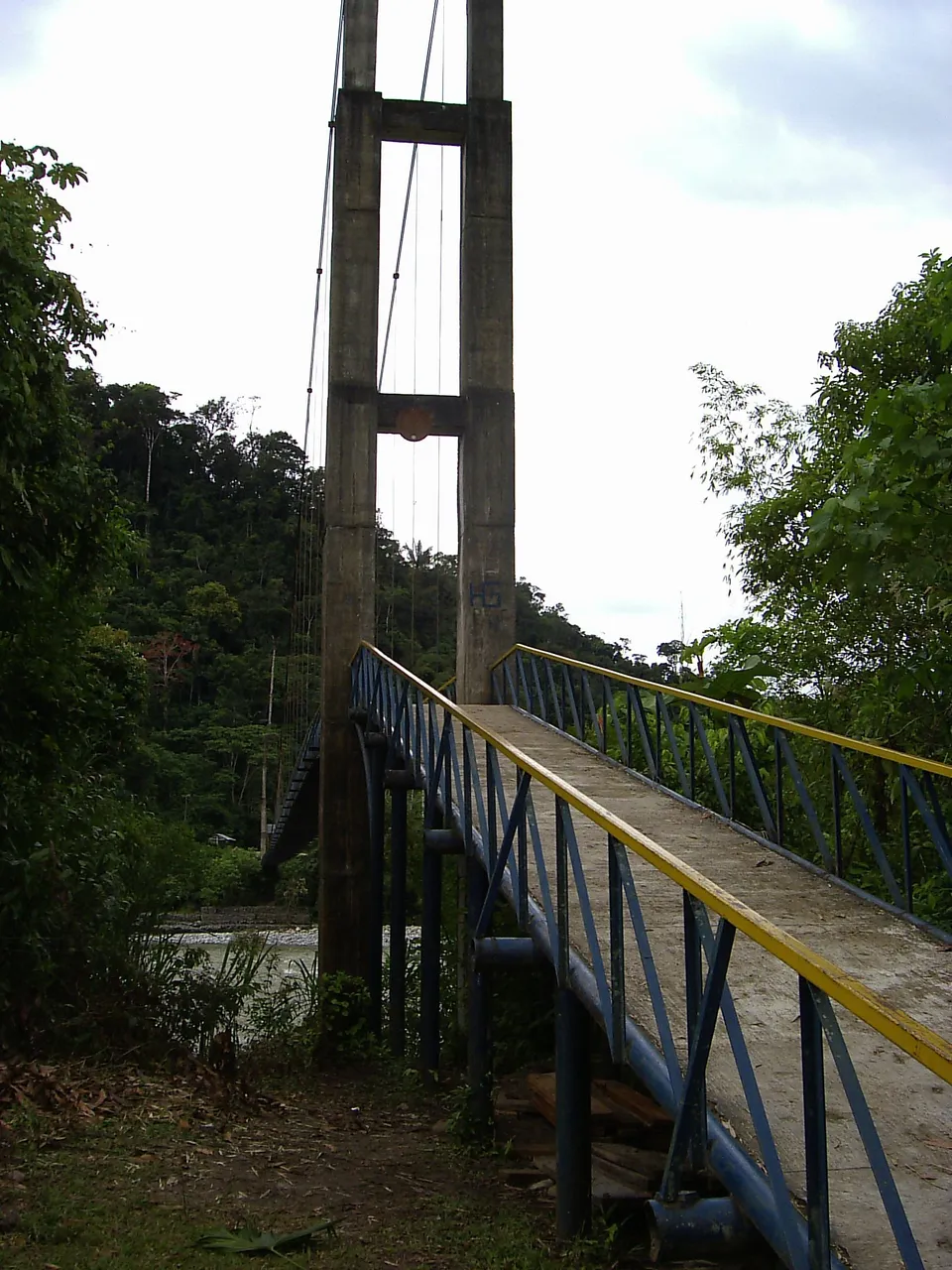
The horse only carried our equipment, but even with that it had enough to do.
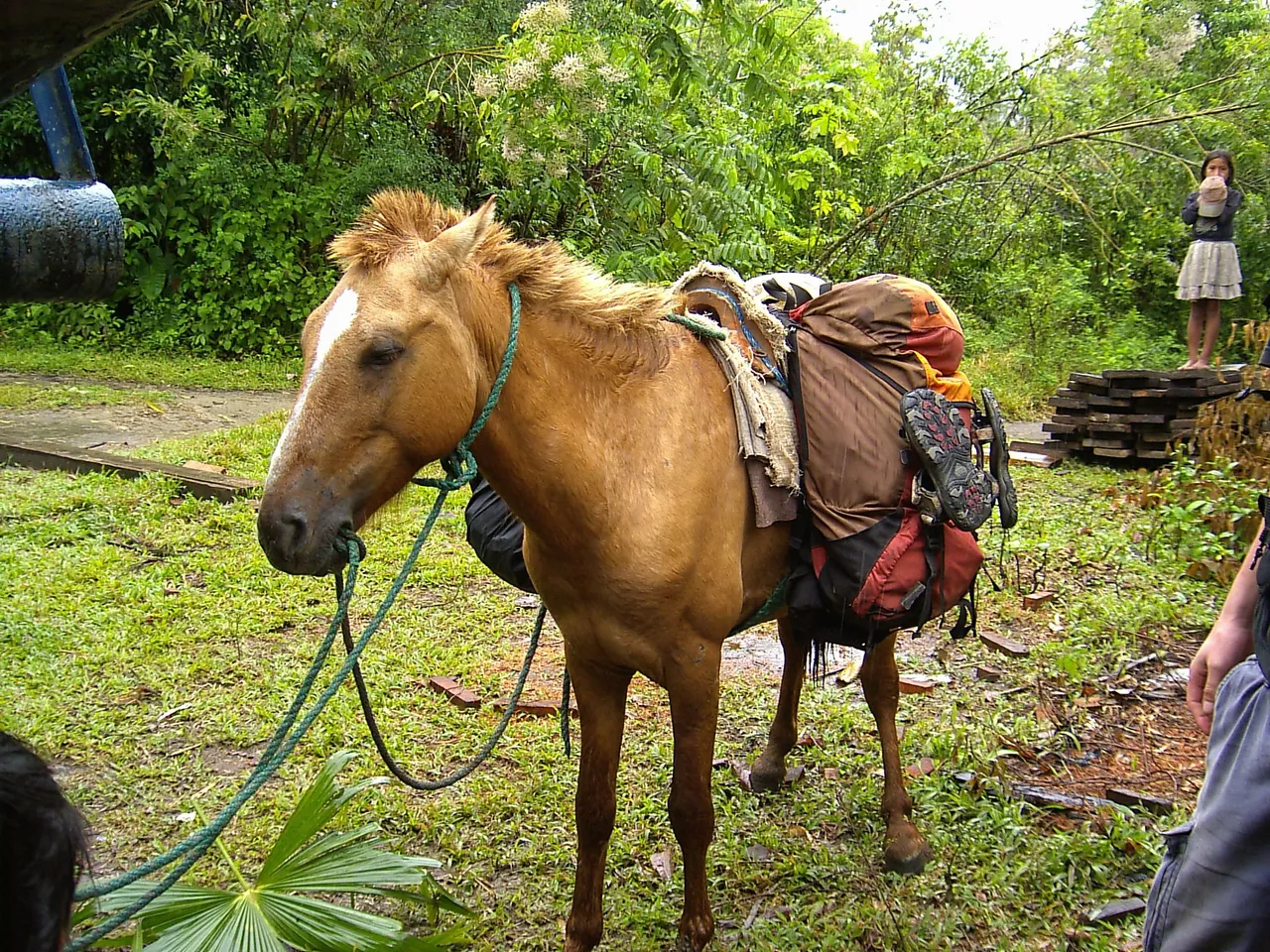
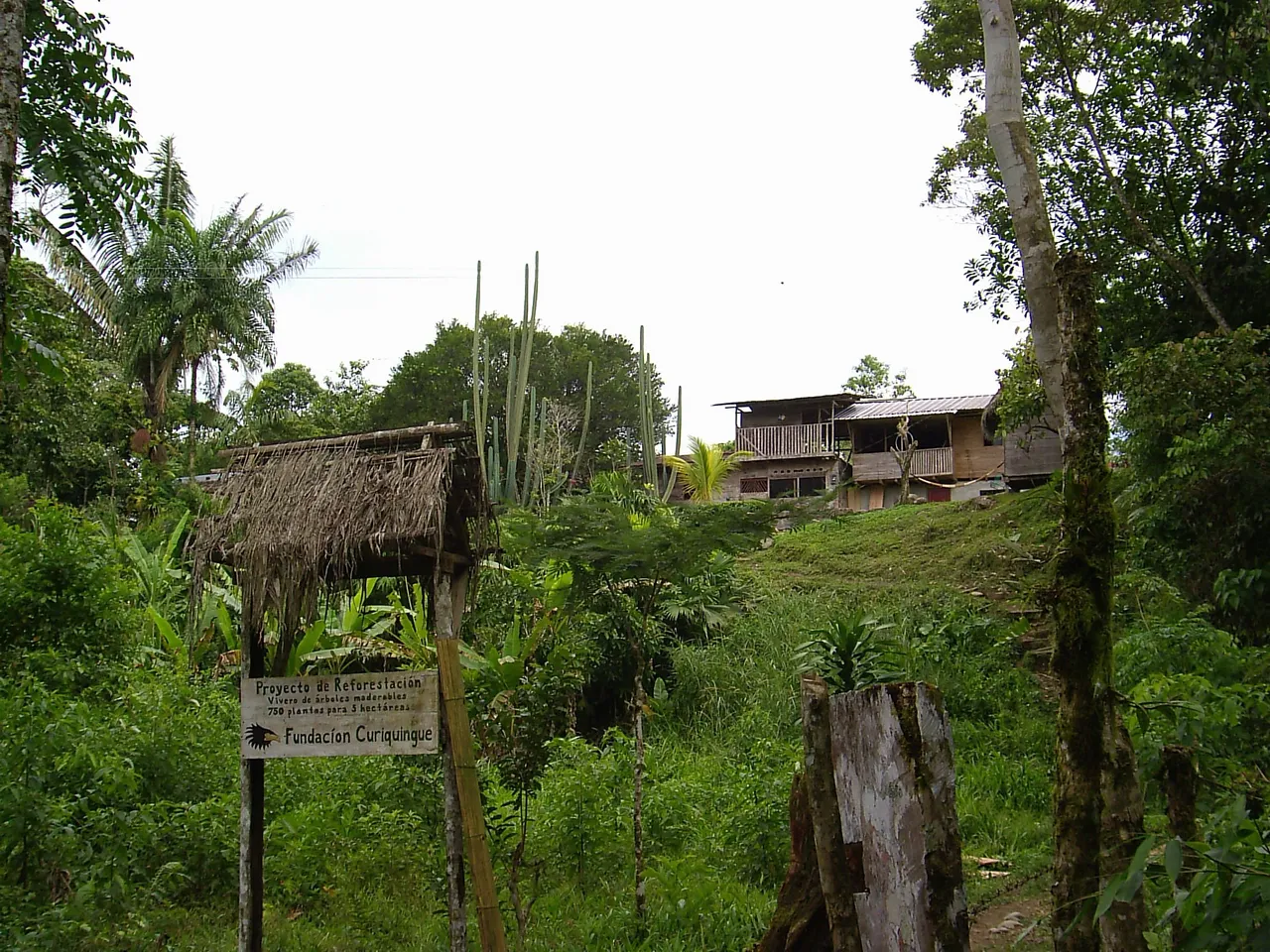
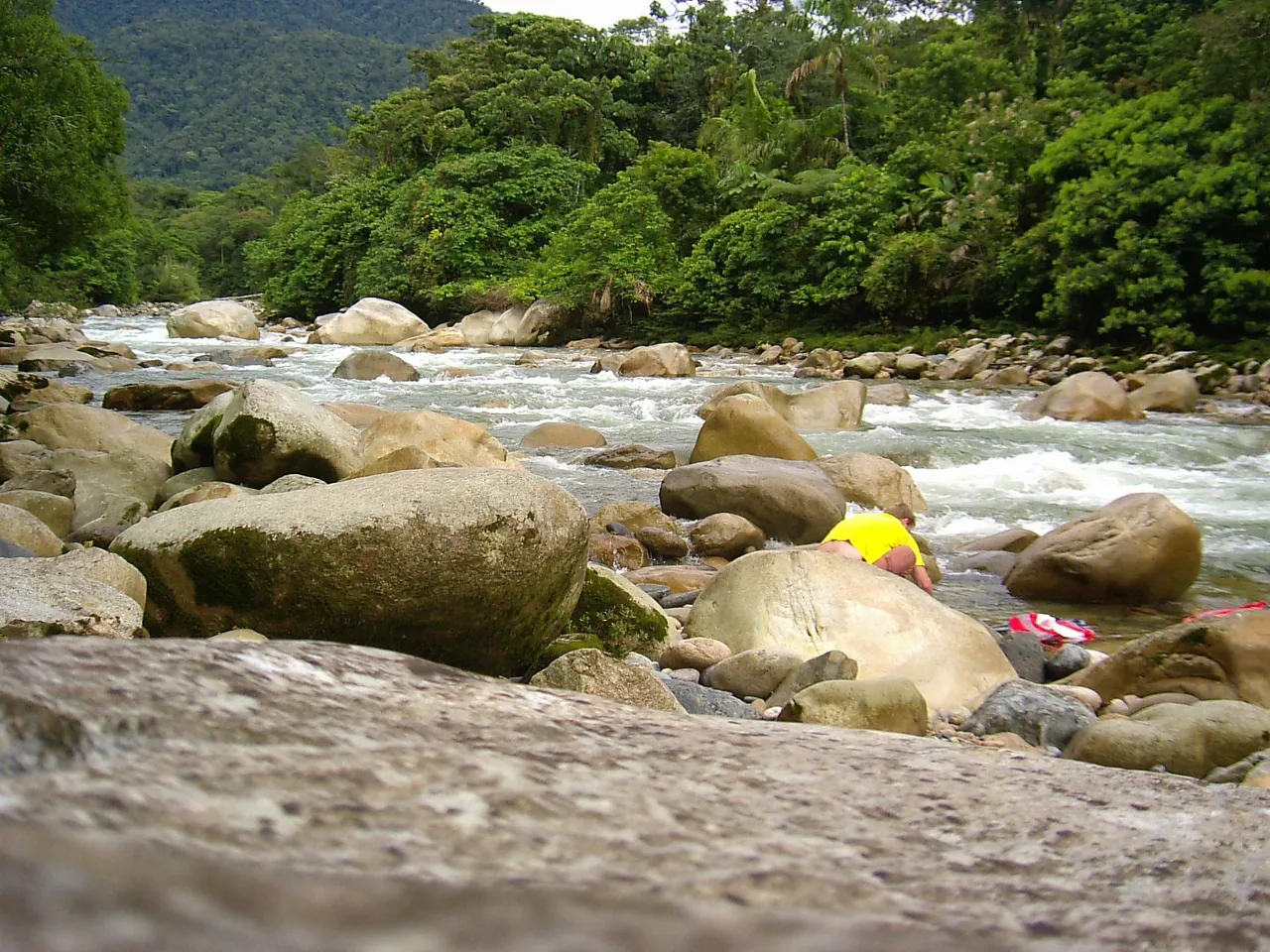
Serena, located on the beautiful Rio Jatunyacu, was a very remote place back then, which felt a bit like the end of the world. Pristine and beautiful. Today, the place is obviously also struggling with mining and the destruction of the environment that comes with it. That makes me sad.
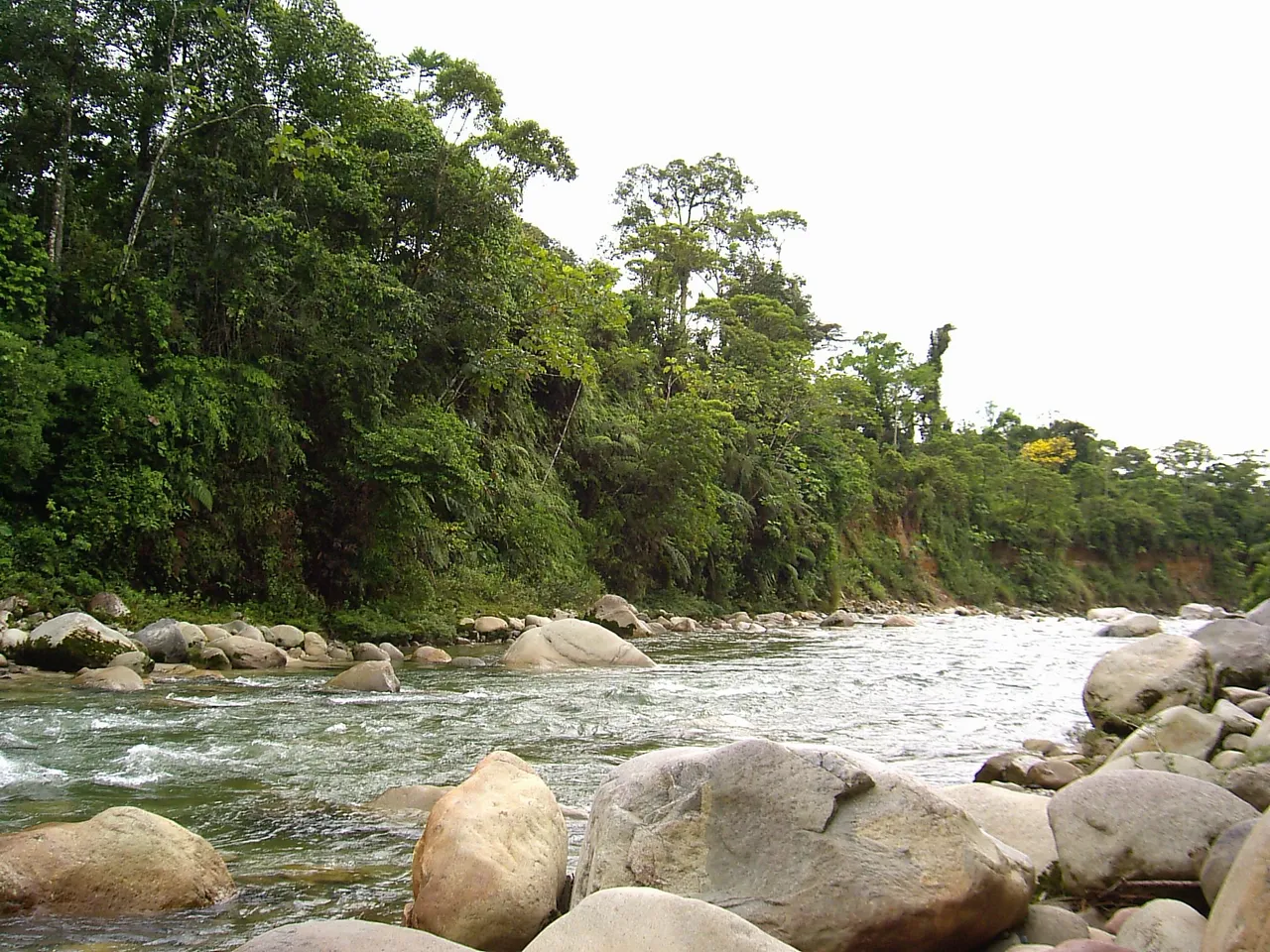
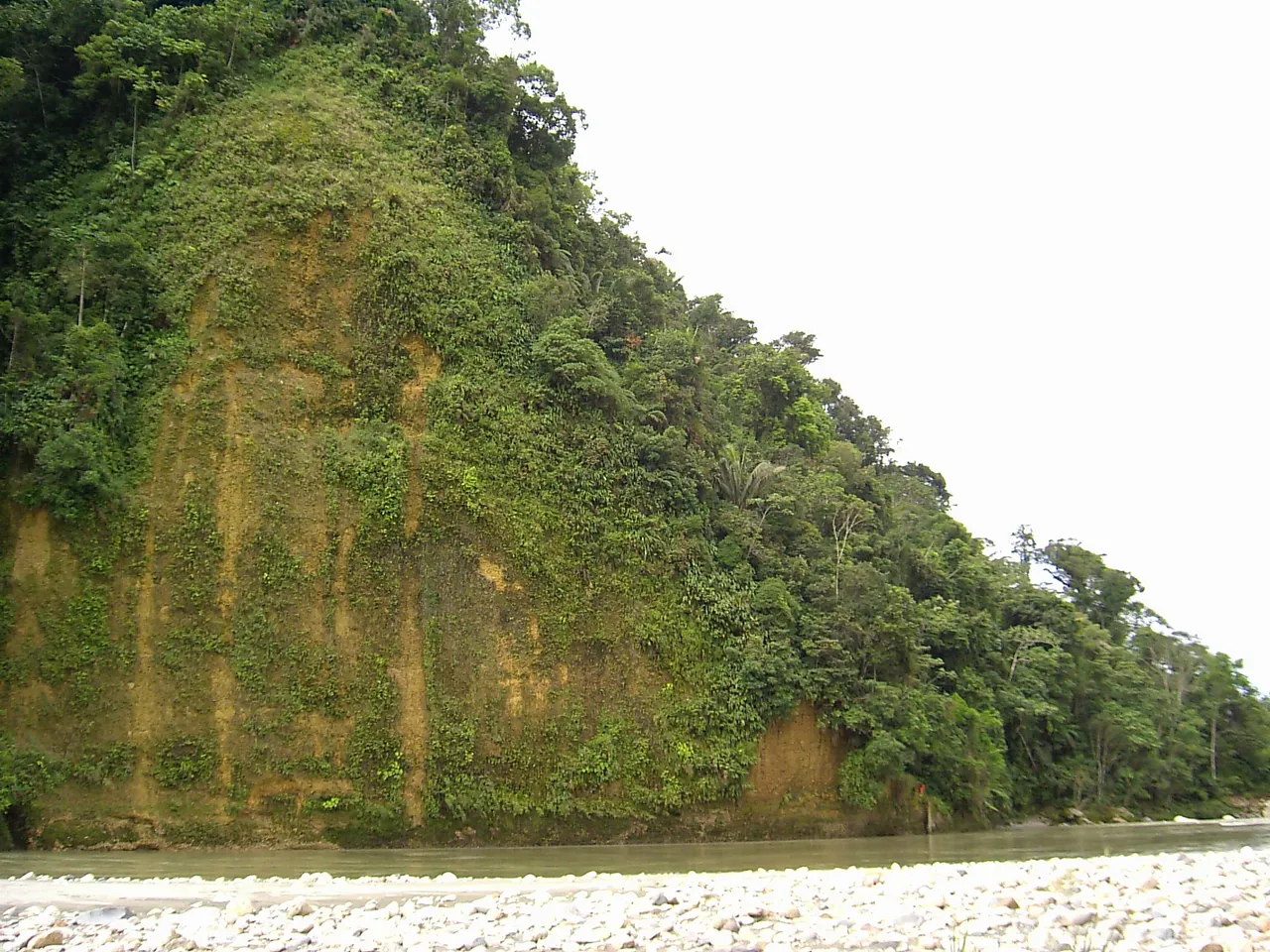
Of course, since the camp only gets intermittent use, the forest is quickly taking it all back. The first jobs were therefore cleaning the rooms, disinfecting the water from the cistern and making up the beds. Unfortunately, bedbugs also felt at home in the old mattresses, so I preferred to sleep on the wooden bench in the kitchen. Of course, I had forgotten my hammock.
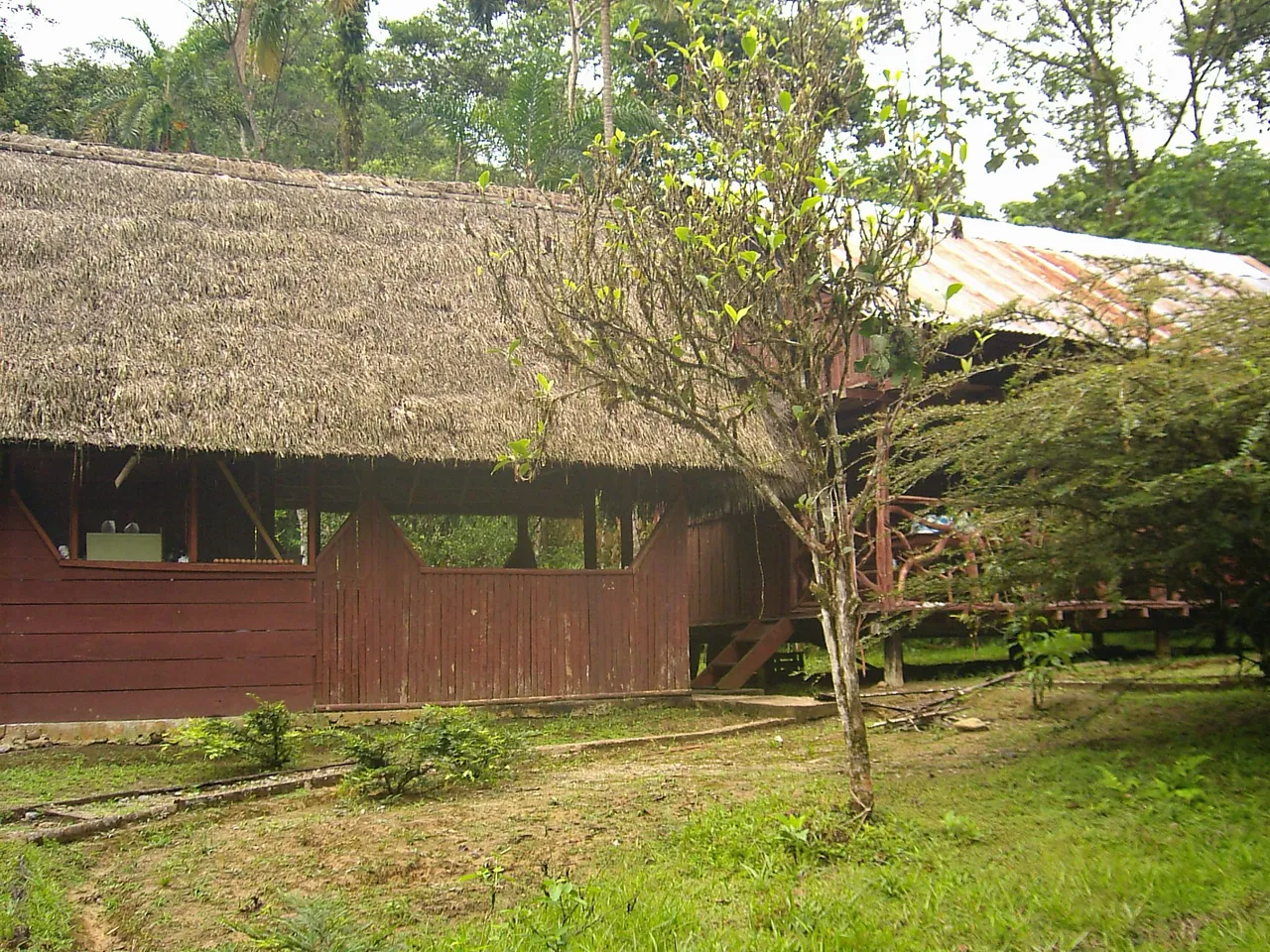
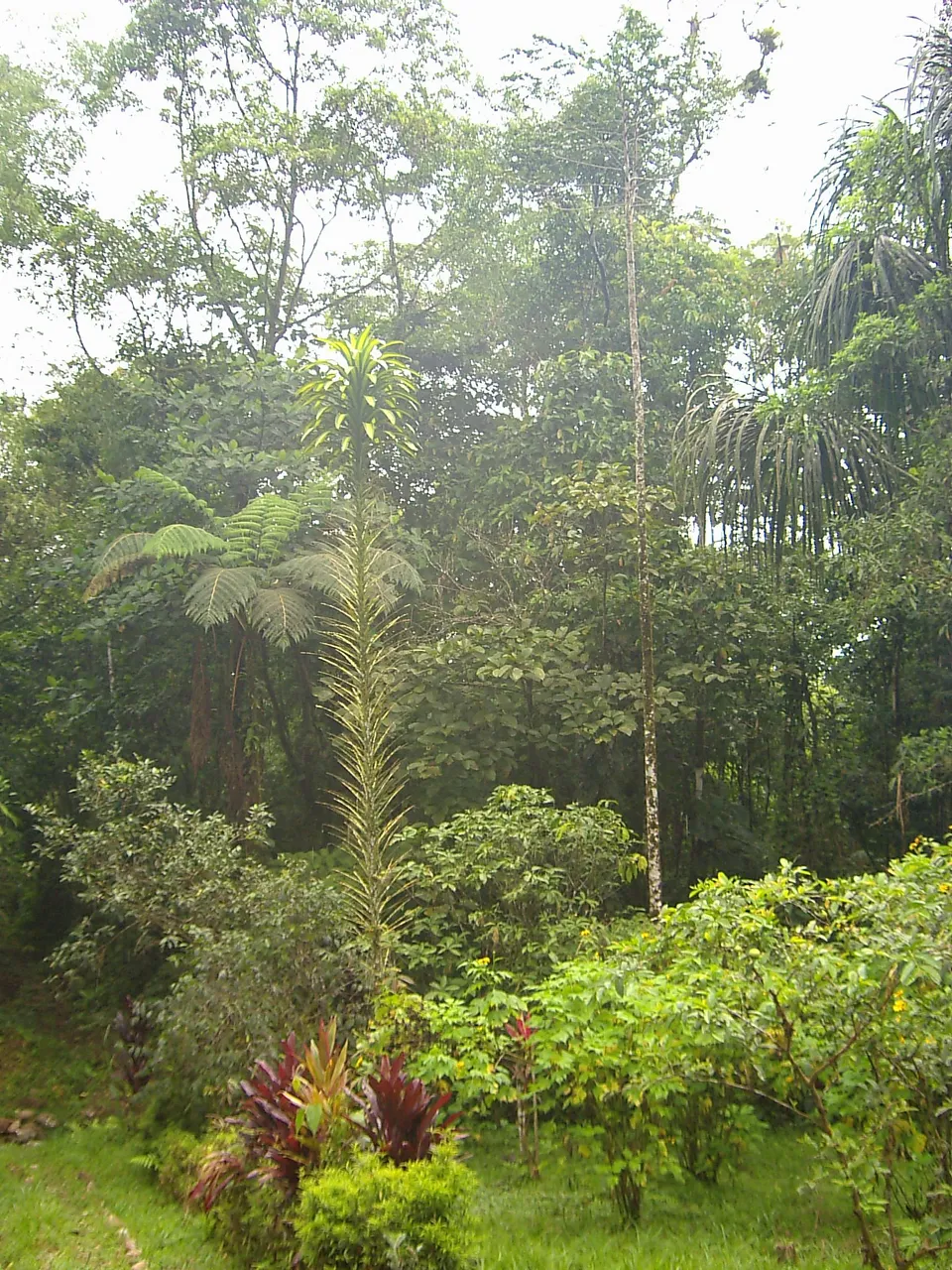
And boys being boys, we naturally had to play a little with these lianas as we explored the cloud forest.
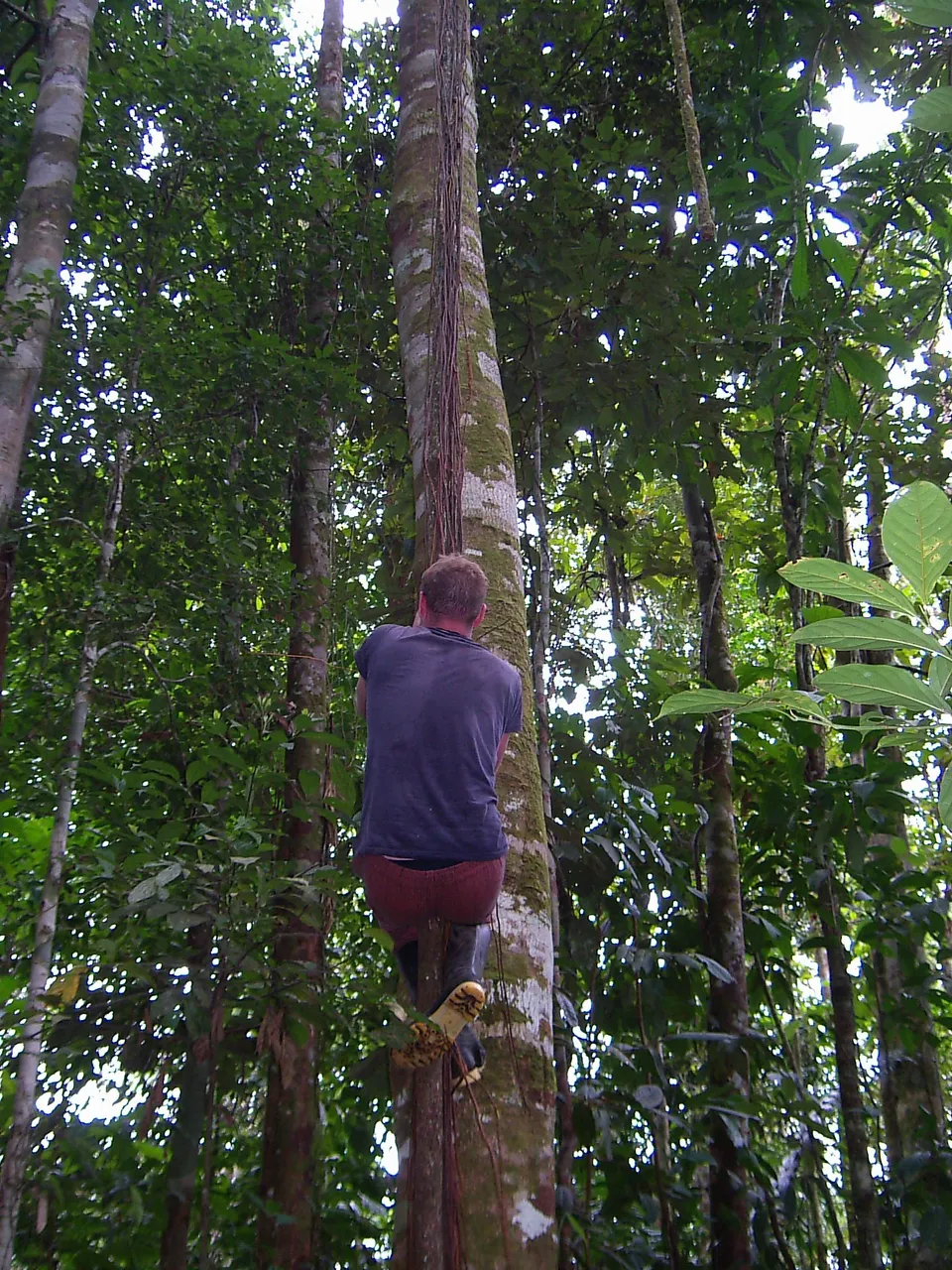
Waterfall San Rafael
The next journey takes us to the place where the Rio Coca forms the border between the provinces of Napo and Sucumbíos, to what was then Ecuador's largest waterfall, San Rafael. Today it has disappeared, a hole has opened up behind the edge and most of the water now flows through a natural tunnel behind the former waterfall.

This natural spectacle was truly impressive. Loud and powerful, a place that makes you feel very small as a human being.
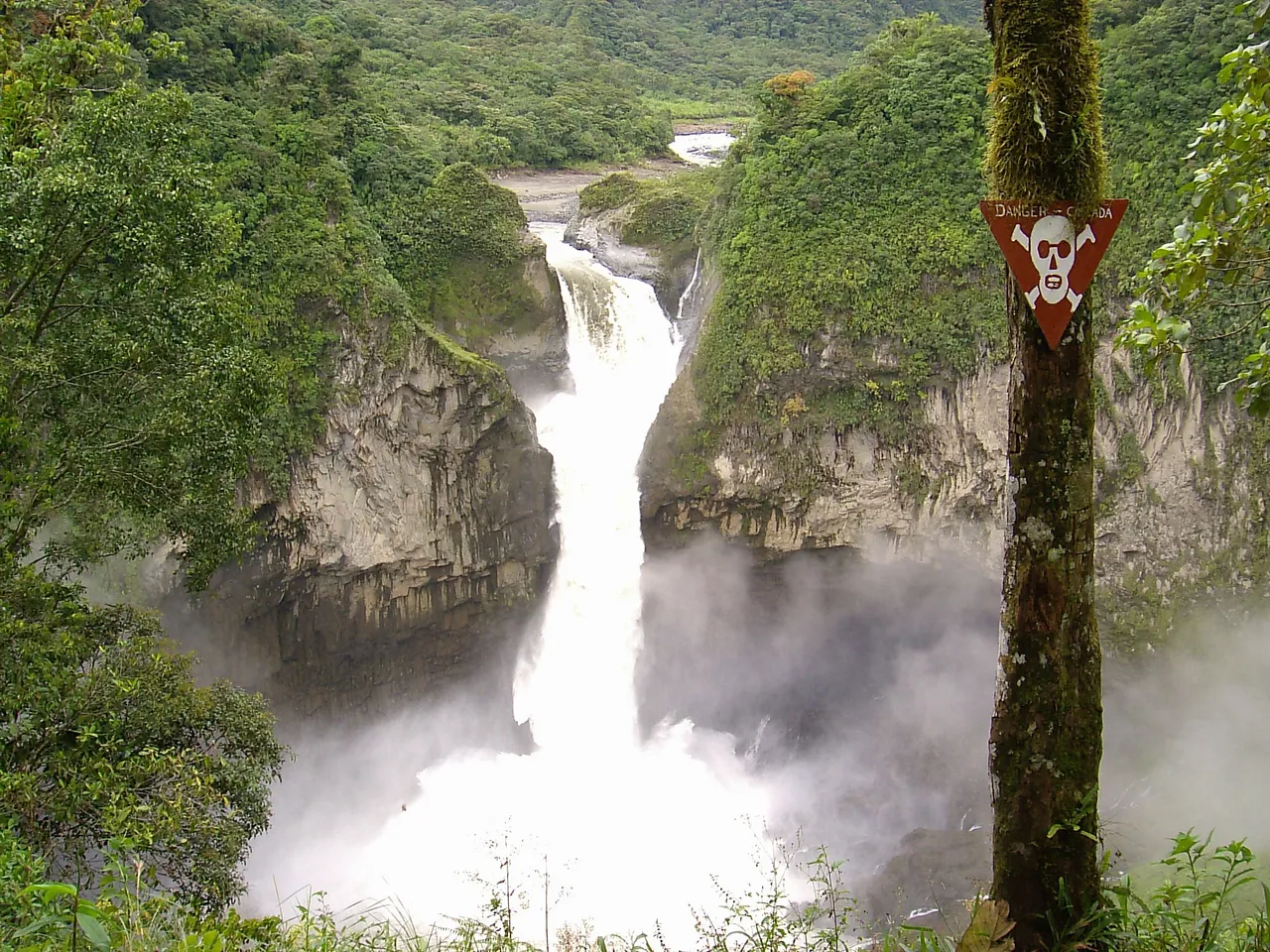
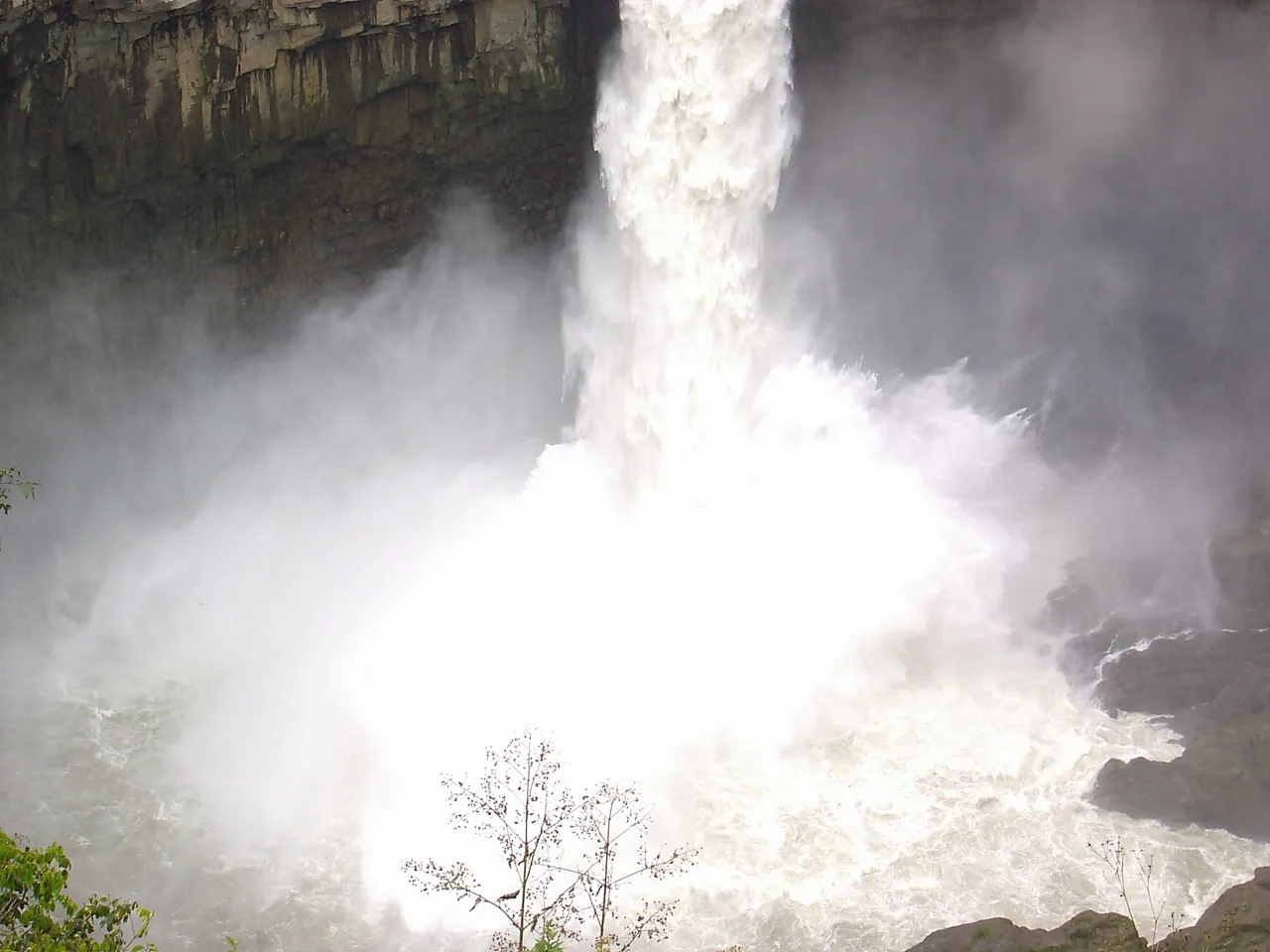
That's it for the second part of my little travel report. I hope you enjoyed it and I'll see you again in the next part. Here you find the first part.
Español
Mi tiempo en Ecuador – Un informe de viaje – parte 2

Esta es la segunda parte de mi informe de viaje por Ecuador. Aquí puedes encontrar la primera parte con la llegada, dificultades iniciales y un gran reto para mí.
Hoy visitaremos el Chakra, el jardín agroforestal de la Fundación, y descubriremos algunas criaturas del bosque. Luego nos desviaremos a la sucursal de la Fundación en la Comunidad Serena, en el río Jatunyacu. Y, por último, visitaremos la que fue la cascada más alta de Ecuador, San Rafael, que ya no existe.
Chakra - agroforestería para la autosuficiencia
Una chakra es un huerto forestal tradicional en el que se cultivan frutas y verduras en completa armonía con la naturaleza y el bosque para el autoabastecimiento y también como fuente de alimento para los animales salvajes. Para ello, se desbrozan pequeñas zonas de bosque para cultivar bajo la protección de los grandes árboles. Sin embargo, hay que tener cuidado al desbrozar las zonas y prestar atención a dónde golpea el machete. A las avispas no les gusta que ataquen sus nidos y reaccionan en consecuencia.


Frutas y verduras
Yuca (también necesaria para hacer chicha), plátanos, piñas, chirimoyas, cacao y mucho más crecían en nuestro chakra y siempre nos proporcionaban suficiente energía.
 |  |  |
|---|
Animales







Communidad Serena
En Serena, a pocos kilómetros al suroeste de Tena, la Fundación tuvo una sucursal durante un tiempo. Allí viajamos en autobús hasta el final de la carretera, en el puente. Luego seguimos con el caballo a través de la comunidad indígena hasta nuestro campamento para los días siguientes.

El caballo sólo llevaba nuestro equipo, pero incluso con eso tenía suficiente.



Serena, situada en el hermoso río Jatunyacu, era entonces un lugar muy remoto, que se sentía un poco como el fin del mundo. Prístino y hermoso. Hoy, obviamente, el lugar también está luchando contra la minería y la destrucción del medio ambiente que conlleva. Eso me entristece.


Por supuesto, como la estación sólo tiene un uso intermitente, el bosque lo está recuperando todo rápidamente. Así pues, los primeros trabajos fueron limpiar las habitaciones, desinfectar el agua de la cisterna y hacer las camas. Por desgracia, las chinches también se sentían como en casa en los viejos colchones, así que preferí dormir en el banco de madera de la cocina. Por supuesto, había olvidado mi hamaca.


Y chicos siendo chicos, naturalmente tuvimos que jugar un poco con estas lianas mientras explorábamos el bosque nuboso.

Cascada de San Rafael
El siguiente viaje nos lleva al lugar donde el río Coca forma la frontera entre las provincias de Napo y Sucumbíos, a la que entonces era la mayor cascada de Ecuador, San Rafael. Hoy ha desaparecido, se ha abierto un agujero detrás del borde y la mayor parte del agua fluye ahora por un túnel natural detrás de la antigua cascada.

Este espectáculo natural era realmente impresionante. Ruidoso y poderoso, un lugar que te hace sentir muy pequeño como ser humano.


Hasta aquí la segunda parte de mi pequeño reportaje de viaje. Espero que os haya gustado y nos vemos en la próxima parte. Aquí tenéis la primera parte.

All photos are taken with a random old digital camera by me,
@cryptozeug, unless otherwise stated. Polished with Affinity Photo, or not.
You are a photographer on Hive?
Welcome to the friendly
Hive photographers Discord Server!
Cast your vote to @Witness4All!
A Hive node by a trusted member
and my good friend @cherokee4life
Click the banner and share some love!
Thank you for your visit!

